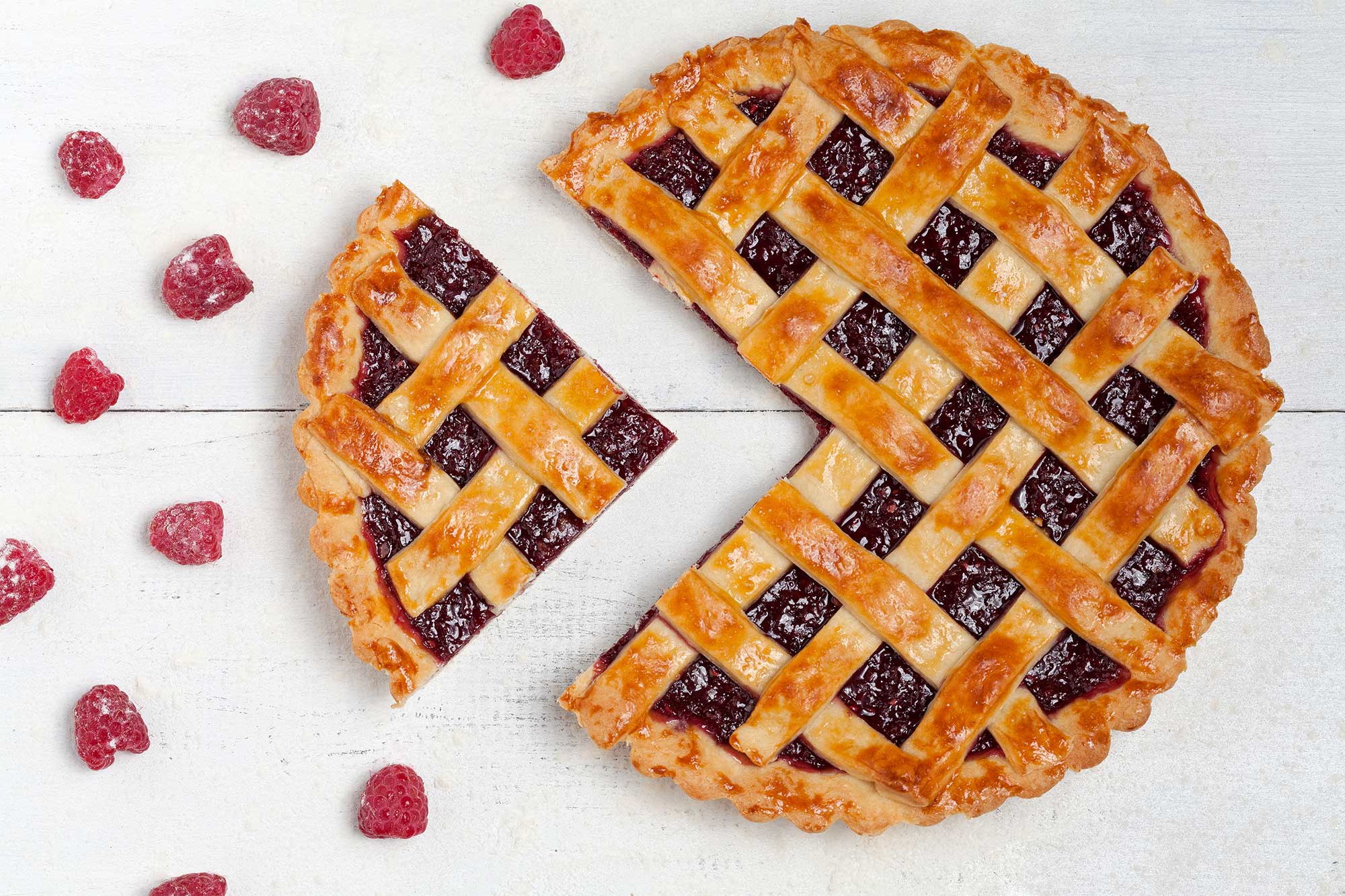Designing a menu may require a lot of consideration. It might be the first impression the public has, and can be scrutinised before a dish touches the table. This process can be daunting, but also incredibly creative and exciting.
A strong menu that’s well suited to the business can bring the best out of the team, draw customers in and set an excellent first impression. Here’s a few tips to get started.
1) Consider the aesthetics
Visualising how the menu will look and feel may be an important first step. Things to think about may include: whether images or illustrations will be used, the font and menu size, its tactile quality and how items and prices will be ordered and presented. Once the dishes and drinks are decided, it may be worth considering: whether to include ingredients and specials in the menu, if there’ll be a kid’s section, and keys that state whether dishes are gluten free, vegan/vegetarian and so on. Then there’s the digital menu – how will it look online vs in print, and how will the menu be presented on social media and review platforms?
Throughout this process, it might be worth speaking to close confidants, receiving feedback from customers and making adjustments until relevant people (be it one person, or 10) are happy with it. Keep adjusting over time. A particular style may work this year, but could need updating in the future.
2) Internal and external considerations
A successful menu at one venue may not work at another. It might not be about how adventurous or conservative the menu is, but whether it suits the venue’s atmosphere, local environment and the staff’s skill-set.
Budgetary constraints should also be considered. Sourcing fresh ingredients is often a priority (for good reason) and a little can go a long way. It may be worth crafting – and changing – the menu in line with what can be bought locally, seasonally and for a good price. Another consideration is whether the menu will pair wines and cocktails with meals. It can be an excellent way to maximise revenue for the venue, and showcase the expertise of staff by allowing them to discuss why certain drinks are matched with the meal at-hand.
Also relevant is the restaurant’s location. Certain dishes may be more/less popular depending on the demographics of the area. That’s not to say that the restaurant should stick to what’s tried and tested; it may be worth taking a risk and introducing a dish, or cuisine, to a particular suburb. The pay-off may be substantial.
Also important is dietary requirements. How will the venue cater to people who are lactose or gluten intolerant, follow a FODMAP diet and so on. It may be worth considering whether the venue will include substitutes, or accommodate different requests.
3) Consider the restaurant’s identity
A menu can help to shape, and reinforce a hospitality venue’s identity. There will likely be room to include the favourites (at the end of the day, there’s always an audience for eggs and avo on toast at a café) but it can be jarring when certain dishes clash with the raison-d’être of the venue. One way to test the resonance of a particular dish – and how it works in the context of a venue – is through special boards. If the dish is a hit, it may be worth including it as a fixture within the menu. If not, then consider floating another dish over a limited period. With each decision that is being made, consider what the venue is trying to achieve, who the target audience is, and how they are seeking to connect with the venue.
There’s no one-type-fits-all approach to creating the perfect menu. There’s a range of decisions to be made, and it may be a process that is tweaked again and again over time.
Disclaimer: This guide is general in nature and does not take into account your individual circumstances. Before acting on any information, you should consider whether this is right for your business.



